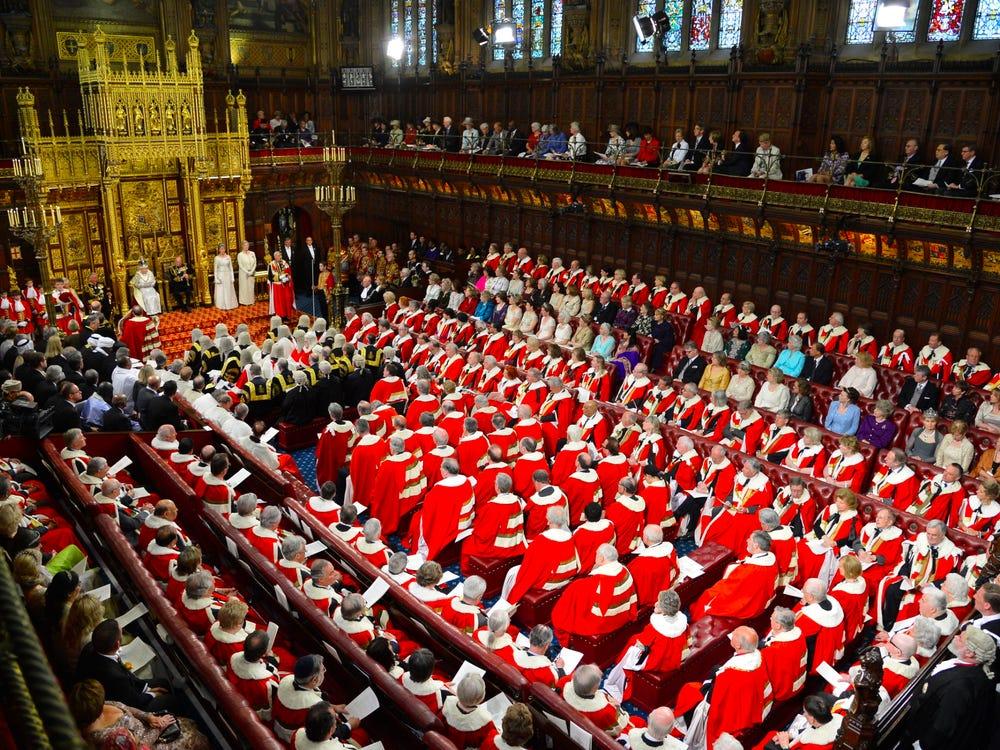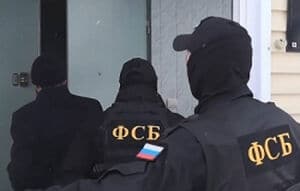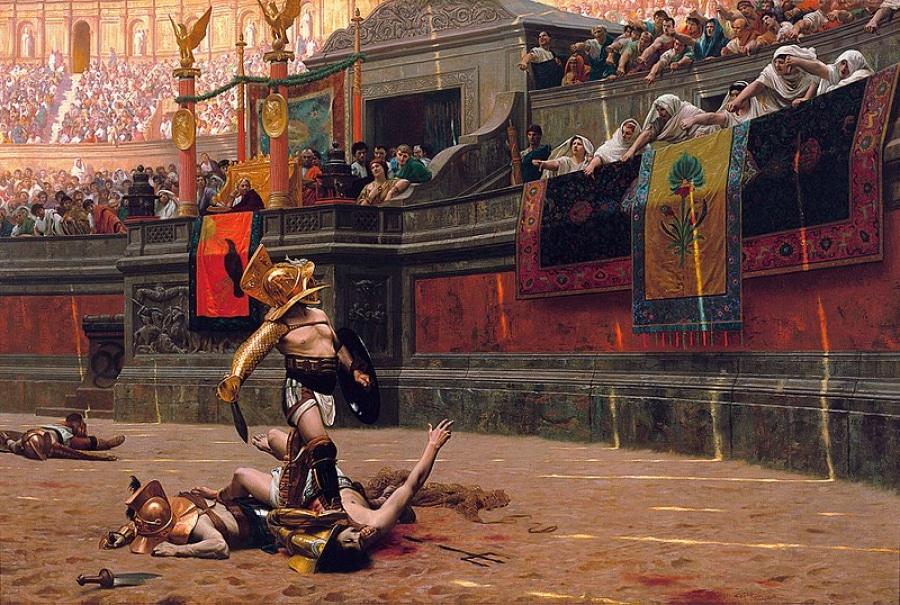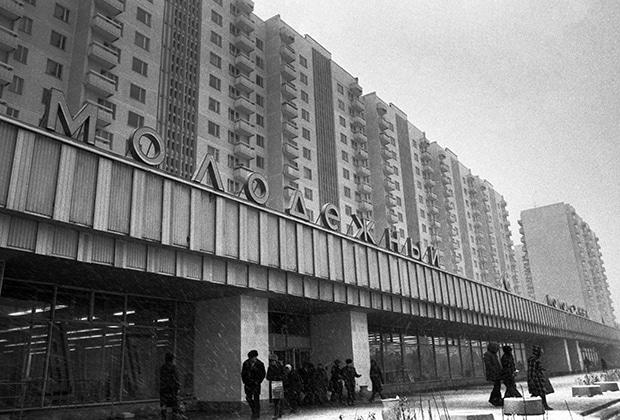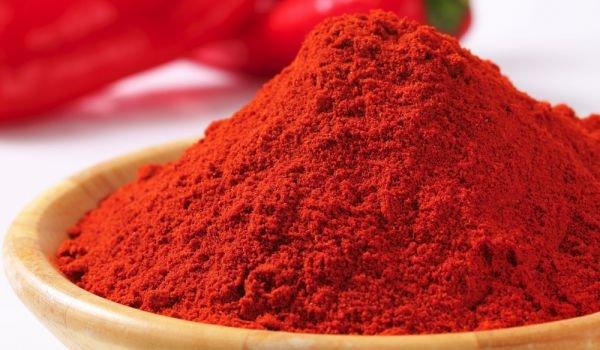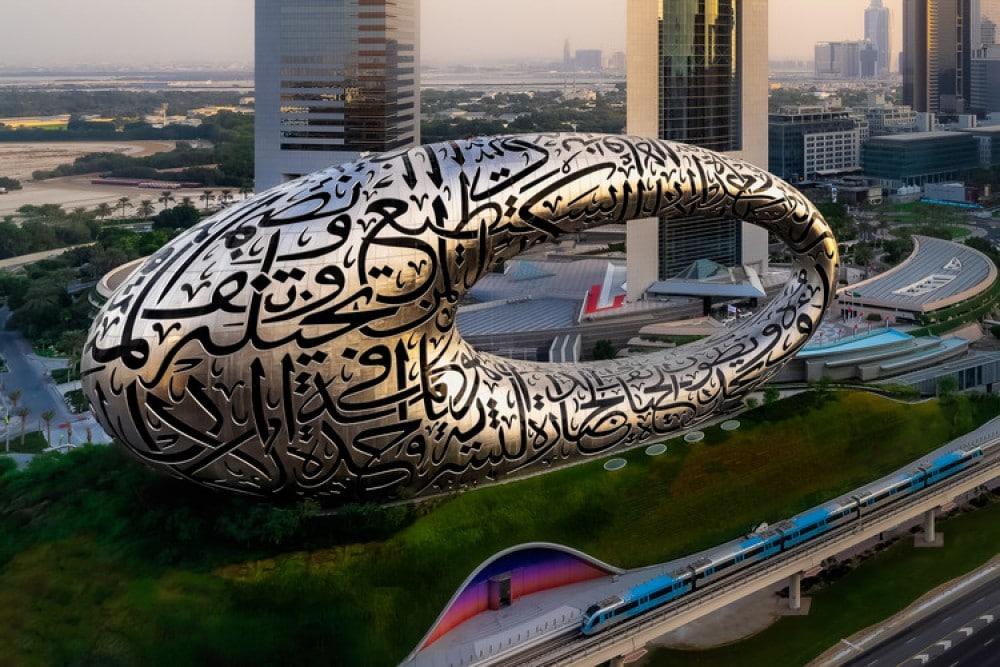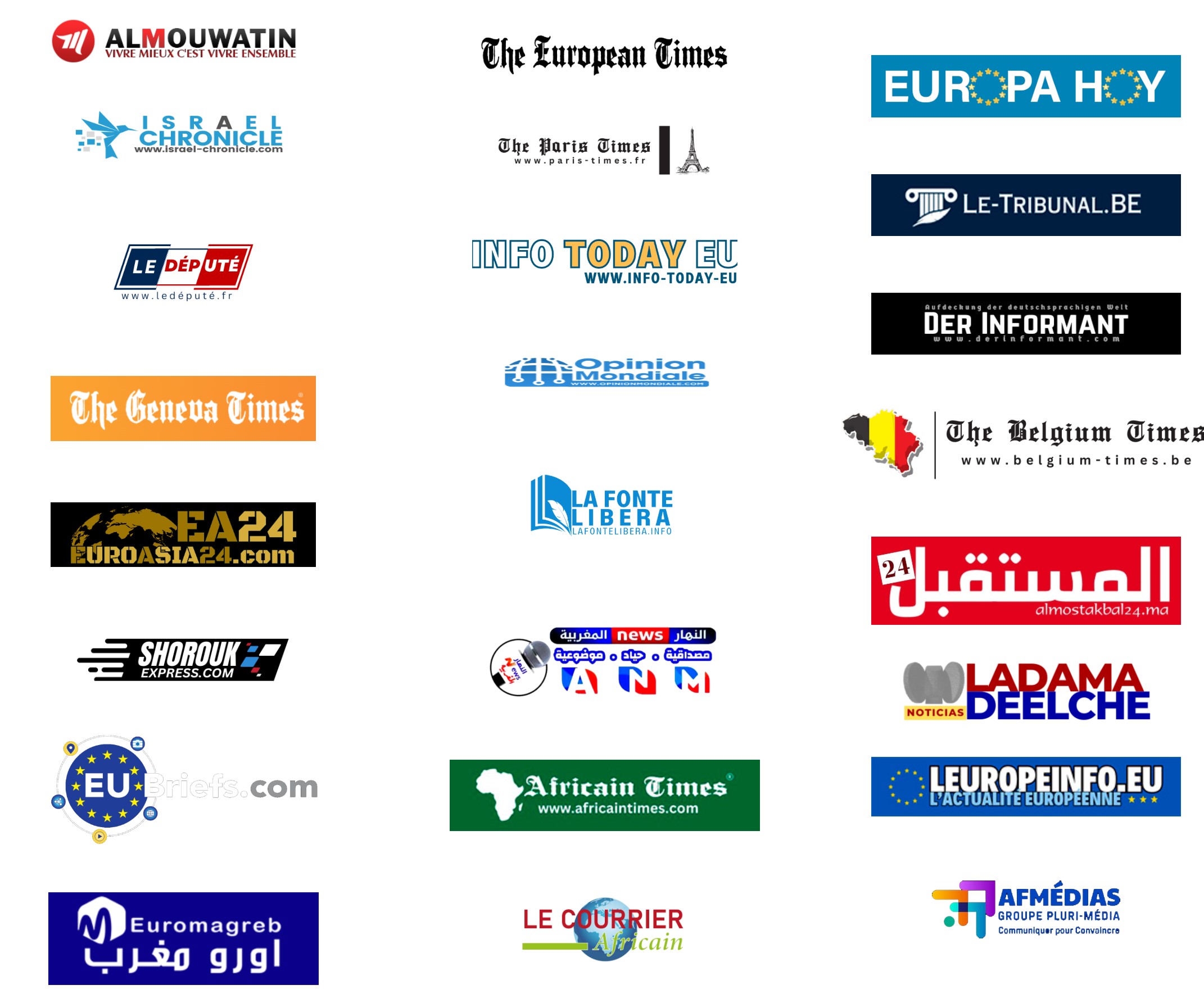AFGHANISTAN, February 27 – Institute for the Study of War, Russia Team
ISW published its most recent Russian campaign assessment at 3:00 pm, February 26.
This daily synthetic product covers key events related to renewed Russian aggression against Ukraine.
Key Takeaways February 26
- Russia has failed to encircle and isolate Kyiv with mechanized and airborne attacks as it had clearly planned to do. Russian forces are now engaging in more straightforward mechanized drives into Kyiv along a narrow front on the west bank of the Dnipro River and on a broad front to the northeast.
- Russian forces temporarily abandoned efforts to seize Chernihiv and Kharkiv to the northeast and east of Kyiv and are bypassing those cities to continue their drive on Kyiv. Failed Russian attacks against both cities were poorly designed and executed and encountered more determined and effective resistance than Russia likely expected.
- Russian successes in southern Ukraine are the most dangerous and threaten to unhinge Ukraine’s successful defenses and rearguard actions to the north and northeast.
- Russian forces in eastern Ukraine remain focused on pinning the large concentration of Ukrainian forces arrayed along the former line of contact in the east, likely to prevent them from interfering with Russian drives on Kyiv and to facilitate their encirclement and destruction.
- Ukrainian forces retook the critical city of Kherson and Russian forces halted their drive on Odesa. Some Russian troops remain west of the Dnipro River and are advancing on Mykolaiv, but the main axes of advance have shifted to the north and east toward Zaporizhie and Mariupol respectively.
- Russian forces have taken the critical city of Berdyansk from the west, threatening to encircle Mariupol with Russian forces in Donbas attacking Mariupol from the east, likely to pin defenders in the city.
- Russian troops are facing growing morale and logistics issues, predictable consequences of the poor planning, coordination, and execution of attacks along Ukraine’s northern border.
- The United States, Canada, and European allies removed select Russian banks from the SWIFT global financial network and agreed to additional measures that could significantly increase economic pressure on Russia.
- The United States, Germany, and the United Kingdom facilitated a significant expansion of NATO countries’ lethal aid shipments to Ukraine since the Russian invasion began.
- NATO countries began contributing forces to NATO Response Force (NRF) operations in Eastern Europe, reinforcing NATO’s eastern flank.
- Russia’s invasion of Ukraine is set to displace millions of Ukrainians internally and throughout eastern Europe; at least 150,000 Ukrainians have fled the country as of February 26 as urban fighting intensifies.
- Kremlin censors increased crackdowns on independent media amid growing Russian opposition to the war.
Key Events February 25, 4:00 pm EST – February 26, 5:00 pm EST
Military Events:
Russian forces’ main axes of advance in the last 24 hours focused on Kyiv, northeastern Ukraine, and southern Ukraine. Russian airborne and special forces troops are engaged in urban warfare in northwestern Kyiv, but Russian mechanized forces are not yet in the capital. Russian advances from Crimea risk cutting off the large concentrations of Ukrainian forces still defending the former line of contact between unoccupied Ukraine and occupied Donbas. Ukrainian leaders may soon face the painful decision of ordering the withdrawal of those forces and the ceding of more of eastern Ukraine or allowing much of Ukraine’s uncommitted conventional combat power to be encircled and destroyed. There are no indications as yet of whether the Ukrainian government is considering this decision point.
Ukrainian resistance remains remarkably effective and Russian operations especially on the Kyiv axis have been poorly coordinated and executed, leading to significant Russian failures on that axis and at Kharkiv. Russian forces in northeast Ukraine face growing morale and supply issues, likely due to poor planning and ad hoc command structures, as ISW previously forecasted.[1] Russia has surprisingly failed to gain air superiority or ground the Ukrainian air force after three days of fighting. Russian forces will likely increase their use of bombardment in the coming days to overcome heavier-than-anticipated Ukrainian resistance, however. Russian forces remain much larger and more capable than Ukraine’s conventional military and Russian advances in southern Ukraine may threaten to unhinge the defense of Kyiv and northeastern Ukraine if they continue unchecked.
Russian ground forces are advancing on four primary axes, discussed in turn below:
- Kyiv Axis: Russia’s likely main effort to rapidly isolate Kyiv and force the Ukrainian government to capitulate has failed as of February 26. Russian forces entered downtown Kyiv along the western bank of the Dnipro River the night of February 25, but Russian forces have so far failed to enter the city from the east. Russian troops have not yet committed heavy armor and artillery forces to fighting in Kyiv and will likely need to do so to take the city. Ukrainian forces are unlikely to capitulate. If the Russians have abandoned for now the attempt to encircle Kyiv and committed to frontal assaults from the northwest and east/northeast, then they have given the Ukrainians close to the optimal scenario for defending their capital. The Russians could change that situation either by getting forces from the northeast axis across the river south of Kyiv and encircling in that way, by using forces from Crimea to drive all the way to Kyiv from the south, or by re-attempting and finally succeeding in air-landing airborne troops to the southeast of the capital. Russia’s surprising failure to accomplish its initial planned objectives around Kyiv has given the Ukrainians an opportunity.
- Northeast Axis: Russian forces advanced on a broad front between Chernihiv and Kharkiv on February 26 after Ukrainian forces halted direct Russian advances through both cities on February 24-25. Ukrainian forces continue to delay and inflict losses on the Russian advance but will likely be unable to halt further advances if the Kremlin commits additional reserves.
- Donbas Axis: Russian forces continued to deprioritize direct assaults in Donbas or an enveloping maneuver through Luhansk Oblast. Russian forces likely intend to pin Ukrainian forces in place on the line of contact to enable Russian forces breaking out of Crimea to isolate them. The Russians may be content to leave them there while concentrating on capturing Kyiv and imposing a new government on Ukraine. They may alternatively seek to encircle and destroy them or force them to surrender.
- Crimea Axis: Russian forces advancing north toward Zaprozhia and east toward Mariupol threaten to isolate Ukrainian forces on the line of contact in Donbas if Ukrainian forces do not withdraw. Russian forces from the Southern Military District continue to make the greatest advances and demonstrate the highest capabilities of Russia’s multiple axes of advance. Ukrainian forces recaptured Kherson the night of February 25-26. However, Russian forces will likely counterattack within the next 24 hours and Russian forces remain west of the Dnipro River, threatening Mykolaiv.
Russian Activity
Kremlin-sponsored media continues to claim the Russian invasion of Ukraine is largely bloodless and only aimed at so-called “nationalists” to downplay the increasing unpopularity of the war. Russian state media framed Russian victories in Ukraine as largely bloodless peacekeeping operations “de-nazifying” critical civilian infrastructure.[2] Russian media largely misrepresented social media videos of missile strikes, claiming that nationalists opened fire on Kyiv residential areas to frame Russian forces. TV talk shows claimed that Russian forces rescued 82 Ukrainian servicemen with no casualties from Zmiinyi (Snake Island), despite Ukrainian Defense Ministry’s confirmation that a Russian warship killed all 13 servicemen stationed on the island on February 24.[3] TV news programs livestreamed the destruction of a Ukrainian dam blocking water supplies to Russian-occupied Crimea, claiming that Russian forces ended the “years long nationalist genocide” against the peninsula.[4] Russian media is framing a sharp distinction between the Ukrainian Armed Forces and so-called “Ukrainian nationalist units” within the military, claiming that normal Ukrainian forces will likely surrender soon and only “nationalists” are fighting.[5]
Two opposition Russian deputies issued public calls for Putin to end the war in Ukraine for the first time on February 25, and Kremlin media censors imposed new restrictions on any coverage of Russia’s war in Ukraine. Russian Duma (Parliament) Communist Party deputies Mikhal Matveev and Oleg Smolin called for Russia to end its war against Ukraine on February 25. Matveev stated he voted to recognize the Donetsk and Luhansk People’s Republics (DNR and LNR) to achieve peace in Donbas, not bomb Kyiv, and called on Putin to immediately stop military action in Ukraine.[6] Anti-war protests occurred in 26 Russian cities on February 26.[7] Russian state-controlled media further cracked down on independent media outlets on February 26. The technology and communications regulator Roskomnadzor launched a probe into independent media outlets and stated that references to Russian operations in Ukraine as attacks, invasion, or war are “fake news.”[8] According to the Washington Post, Roskomnadzor is “highly sensitive about reporting on Russian military casualties, strikes on civilian neighborhoods, civilian casualties or Russian prisoners of war.” Independent media outlets face substantial fines and penalties if they continue this reporting. Roskomnadzor restricted Russian access to Facebook in retaliation for Facebook’s fact-checking of Russian state-controlled media outlets.[9] Internet monitoring group NetBlocks reported widespread Twitter restrictions within Russia.[10]
The Kremlin likely lacks a coherent plan to adapt to stronger-than-anticipated Western sanctions, leading to an inconsistent reaction from Kremlin officials ranging from stressing mitigation strategies to bellicose denial that sanctions will have any effect. Kremlin Press Secretary Dmitry Peskov acknowledged recent Western sanctions are “serious” but stressed that Russia prepared for them in advance.[11] Peskov stated that the Kremlin is currently developing responses that best suit Russian interests and is hopeful for potential opportunities for Russia amidst international sanctions. Contrarily, Russian Security Council Deputy Head Dmitry Medvedev claimed that Western sanctions “are an excellent occasion for a final review of all relations with states that have imposed them” and threatened to end diplomatic relations with all Western states.[12] Medvedev added that Western sanctions will not deter Russia from “protecting Donbas” nor harm Kremlin officials, falsely claiming that they do not have assets in Western banks. Medvedev threatened that Russia will seize the funds and properties of foreigners and foreign companies in Russia in response to Western sanctions.[13]
The Kremlin falsely claimed on February 25 to have set conditions for surrender negations with Kyiv before retracting its claims following Ukrainian dedication to fight on. Kremlin Spokesperson Dmitry Peskov claimed on February 25 that Putin called on Russian troops to pause their military operation in Ukraine to plan Russian-Ukrainian ceasefire negotiations. Peskov claimed Putin reversed the pause after Ukrainian President Volodymyr Zelensky replied that Ukrainian forces will not surrender.[14] Kremlin officials demanded that Ukraine first demilitarize before Russia begins negotiations with Kyiv, indicating the Kremlin may have wrongly anticipated a rapid Ukrainian capitulation.
Belarusian Activity
N/A
Ukrainian Activity
The Ukrainian government stated its refusal to abandon Kyiv and emphasized growing international support for Ukraine in messaging to Ukrainian citizens on February 26. Ukrainian government officials maintained effective communication with Ukrainian citizens in real-time via social media platforms despite Russian cyberattacks disabling most Ukrainian government websites and disrupting internet service providers on February 26.[15] Ukrainian President Volodymyr Zelensky reiterated on February 26 that Ukraine would not surrender.[16] Zelensky reassured Ukrainians on February 25 that the government would not abandon Kyiv and relocate to Lviv or abroad.[17] Zelensky said that Ukraine’s defenses and diplomatic measures “have broken the scenario of occupation” and led to the European consensus to disconnect Russia from SWIFT, reminding Ukrainians that they “have more powerful friends than enemies.”[18] Ukrainian Defense Minister Oleksiy Reznikov urged Ukrainian citizens to report, detain, or destroy Russian sabotage groups, their equipment, and signals and said the “whole world knows” of Russian aggression.[19] Former Ukrainian President Petro Poroshenko said he is leading a battalion of 300 Ukrainian civilians with small arms in Kyiv. Poroshenko said they are determined to hold out “indefinitely” against the Russian assault.[20]
US Activity
The United States, Canada, and European allies removed select Russian banks from the SWIFT global financial network and agreed to additional measures that could significantly increase economic pressure on Russia on February 26.[21] Severing targeted Russian banks from SWIFT will prevent them from operating internationally and significantly curtail Russian imports and exports. Signatory states also announced an effort to limit the sale of citizenship to wealthy Russians, to work together to combat Russian disinformation, and to convene a transatlantic task force to ensure the enforcement of sanctions against Russia. The German government decided on February 26 to support a limited removal of Russia from the SWIFT financial messaging network after significant pressure from its allies, removing the final barrier to SWIFT sanctions.[22] Germany insisted that the action must be tailored to target the right people and to limit potential negative consequences for European business and financial institutions.[23]
European Commission (EC) President Ursula von der Leyen claimed during a February 26 press conference that the EC will work with the United States to freeze Russian Central Bank assets.[24] Neither the EC nor the US Treasury Department provided further details on the scope or method of this action. The unprecedented targeting of a major power’s central bank may prevent Russia from spending the foreign currency reserves it has accumulated in preparation for a sanctions and economic pressure campaign by Western powers. Russian Central Bank illiquidity could accelerate the devaluation of the ruble and threaten the overall stability of the Russian financial system.
NATO and EU Activity
The United States, Germany, and the United Kingdom have facilitated a significant expansion of NATO countries’ lethal aid shipments to Ukraine since February 24, accelerating on February 26. UK Defense Secretary Ben Wallace hosted a conference with 27 countries on February 25 to reaffirm their commitments to send military aid to Ukraine, during which multiple states pledged to provide lethal assistance to Ukraine.[25] Germany reversed its long-standing prohibition on providing lethal aid and on partner countries sending German-made weapons and munitions to Ukraine on February 26, enabling several European countries to subsequently announce lethal aid shipments.[26] European NATO states’ expansion of lethal aid shipments indicates a shift in urgency and willingness to implement more aggressive measures to counter Russian advances in Ukraine.
- US President Joe Biden authorized an additional 350 million USD aid package containing Javelin anti-tank missiles, Stinger surface-to-air missiles, and other unspecified lethal and non-lethal equipment on February 26.[27] The United States has provided Ukraine with a total of 1 billion USD worth of security assistance since January 1, 2022.[28]
- The Netherlands, Belgium, and Germany committed to sending Ukraine a combined 2,000 machine guns, 400 rocket-propelled grenade launchers, 1,000 anti-tank weapons, and 700 Stinger surface-to-air missiles on February 26.[29]
- Germany, Belgium, and Australia also promised to send medical supplies, 3800 tons of fuel, 5,000 military helmets, and other non-lethal aid on February 26.[30]
- The Czech and Slovakian governments respectively approved 9 million USD and 12 million USD worth of ammunition and fuel on February 26.[31]
- French President Emmanuel Macron promised on February 25 to send 300 million Euros in budgetary assistance and unspecified military equipment.[32]
- Estonia shipped anti-tank missiles, anti-aircraft munitions, and non-lethal supplies to Ukraine on February 18, and Estonian Defense Ministry Secretary-General Kusti Salm announced on February 25 that Estonia is preparing to send another shipment.[33]
- Canada followed up a February 19 lethal aid shipment with another shipment on February 23 consisting of rifles, machine guns, tactical equipment, and surveillance devices altogether worth approximately 8 million USD.[34]
US Defense Secretary Lloyd Austin told reporters on February 24 that the United States is exploring alternative methods to train Ukrainian forces on these weapons platforms.[35] Austin said that delivering equipment and training has become difficult as Russian forces advance further into Ukraine. A lack of training may prevent some Ukrainian forces from using new lethal aid shipments with maximal efficacy. Russian forces may seek to open a new line of advance into western Ukraine to sever NATO aid deliveries.
NATO countries began contributing forces to NATO Response Force (NRF) operations in Eastern Europe on February 26, reinforcing NATO’s eastern flank. The United States placed between 10,000 and 12,000 troops on “prepare to deploy orders” on February 25 to take part in NRF or unilateral operations.[36] The UK Ministry of Defense stated on February 26 it will send approximately 1,000 troops to Estonia to supplement the UK tanks and armored vehicles already present there. UK Typhoon fighter jets began patrolling NATO airspace over Romania and Poland on February 25, and the HMS Diamond will join NATO naval forces conducting exercises in the eastern Mediterranean.[37] Belgian Prime Minister Alexander de Croo also said Belgium will send 300 troops to Romania.[38] Lithuanian Defense Minister Arvydas Anusauskas said Lithuania is preparing to receive 70 additional Dutch soldiers as well.[39] US President Joe Biden emphasized that NATO’s unity in the face of Russia’s invasion demonstrates that Russian President Vladimir Putin has miscalculated and is driving NATO and its non-member partner states like Sweden and Finland closer together.[40]
Other International Organization Activity
N/A
Individual Western Allies’ Activity
Turkey continued to call on Russia to end its war in Ukraine and offered itself as a neutral mediator on February 26, seeking to maintain both its economic relationship with Ukraine and its political and economic ties with Russia. Turkish Foreign Minister Mevlut Cavusoglu urged Russian Foreign Minister Sergey Lavrov to end Russia’s military operation in Ukraine during a February 26 phone call.[41] Cavusoglu reiterated Turkey’s readiness to mediate talks between Russia and Ukraine. Ukrainian President Volodymyr Zelensky falsely claimed on February 26 that Turkish President Recep Tayyip Erdogan said Turkey would deny Russian vessels access to the Black Sea.[42] Erdogan did not confirm Zelensky’s claim; Reuters reported that anonymous Turkish officials refuted the claim altogether.[43] Cavusoglu previously stated that the 1936 Montreux Convention, which governs passage through Turkey’s Dardanelles and Bosphorus strait, allows Black Sea littoral states to return their ships to their bases during wartime. The wartime provision consequently permits Russian vessels access to the Black Sea regardless of Turkey’s decision.[44] Separately, Turkish Defense Minister Hulusi Akar assured Ukrainian Defense Minister Olekseii Reznikov on February 26 that Turkey will continue providing humanitarian aid to Ukraine.[45] Turkey has conducted itself as a neutral party since the conflict began and abstained from voting on Russia’s suspension from the Council of Europe on February 25.[46] Turkey is positioning itself for a greater peacekeeping role possibly to hedge against economic and political consequences, regardless of the conflict’s outcome. Erdogan told Zelensky on February 26 that Turkey was attempting to secure an immediate ceasefire of hostilities in Ukraine.[47]
Other International Activity
Russia’s invasion of Ukraine is set to displace millions of Ukrainians internally and throughout eastern Europe; at least 150,000 Ukrainians have fled the country as of February 26 as urban fighting intensifies. Russian officials have denied reports of Russian shelling in residential neighborhoods and missile strikes against civilian targets.[48] The intensification of fighting in urban areas, including Ukraine’s two largest population centers of Kyiv and Kharkiv, will likely displace hundreds of thousands more Ukrainians in the coming days, presaging a refugee crisis within Ukraine and throughout Eastern Europe. UN High Commissioner for Refugees Filippo Grandi said more than 150,000 people have fled Ukraine since February 24 and an unknown number are internally displaced.[49] Polish Deputy Interior Minister Pawel Szefernaker said Poland has set up reception points for the 100,000 Ukrainians who have arrived in Poland.[50] Romanian Prime Minister Nicolae Ciuca said at least 19,000 Ukrainians entered Romania since February 24 and 11,000 have remained in Romania.[51]
[1] https://www.understandingwar.org/sites/default/files/Ukraine%20Invasion%….
[2] https://www.youtube.com/watch?v=p0pyvxe5Mu8.
[3] https://www.npr.org/2022/02/25/1083213601/russian-warship-tells-ukrainia…; https://www.bbc.com/russian/news-60523774; https://www.youtube.com/watch?v=pnMH90B3mUg
[4] https://www.youtube.com/watch?v=JggNEPMJqyk
[5] https://www.youtube.com/watch?v=p0pyvxe5Mu8
[6] https://newizv dot ru/news/society/26-02-2022/deputat-gosdumy-mihail-matveev-vystupil-protiv-voyny-v-ukraine; https://echo dot msk.ru/news/2986037-echo.html; https://www dot bfm.ru/news/493872
[7] https://www dot kommersant dot ru/doc/5237157
[8] https://www.washingtonpost.com/world/2022/02/26/russia-ukraine-war-news-…
[9] https://www.washingtonpost.com/world/2022/02/26/russia-ukraine-war-news-…
[10] https://www.washingtonpost.com/world/2022/02/26/russia-ukraine-war-news-…; https://netblocks.org/reports/twitter-restricted-in-russia-amid-conflict…
[11] https://tass dot ru/ekonomika/13875567
[12] https://tass dot ru/politika/13873581; dot ru/news/world/1686244-sankcii/
[13] https://www.reuters.com/world/europe/russia-seize-foreigners-funds-retal…
[14] https://tass dot ru/politika/13875535; https://www.cnn.com/videos/world/2022/02/26/zelensky-selfie-street-video…
[15] https://netblocks dot org/reports/internet-disruptions-registered-as-russia-moves-in-on-ukraine-W80p4k8K
[16] https://www.cnn.com/videos/world/2022/02/26/zelensky-selfie-street-video…; https://www dot mil.gov.ua/news/2022/02/26/zvernennya-prezidenta-ukraini-vvecheri-drugogo-dnya-masshtabnoi-vijni/
[17] https://www.nytimes.com/2022/02/25/world/europe/zelensky-speech-video.html
[18] https://www dot mil.gov.ua/news/2022/02/26/zvernennya-prezidenta-volodimira-zelenskogo/
[19] https://www dot mil.gov.ua/news/2022/02/26/ves-svit-znae-%E2%80%93-rosiya-vbivczya!-vona-vbivae-lyudej-vbivae-czinnosti!-%E2%80%93-oleksij-reznikov/; https://www dot mil.gov.ua/news/2022/02/26/zvernennya-ministra-oboroni-ukraini-oleksiya-reznikova/
[20] https://www.cnn.com/videos/world/2022/02/25/petro-poroshenko-former-ukra…
[21] https://ec.europa.eu/commission/presscorner/detail/en/statement_22_1423; https://www.cnn.com/europe/live-news/ukraine-russia-news-02-26-22/h_e7c4…
[22] https://www.cnn.com/europe/live-news/ukraine-russia-news-02-26-22/h_c5e6… https://www.cnn.com/europe/live-news/ukraine-russia-news-02-26-22/h_ed12… https://www.reuters.com/world/europe/send-military-help-ukraine-sanction…
[23] https://www.reuters.com/world/europe/germany-favour-targeted-functional-…
[24] https://www.reuters.com/world/europe/eu-announces-new-russia-sanctions-w…; https://twitter.com/vonderleyen/status/1497694812018991112?s=20&t=W8bMDo…
[25] https://news.sky.com/story/ukraine-28-nations-agree-to-send-more-weapons…; https://twitter.com/haynesdeborah/status/1497475136492130306
[26] https://www.politico.eu/article/ukraine-war-russia-germany-still-blockin…; https://www.washingtonpost.com/world/2022/02/26/russia-ukraine-war-news-…
[27] https://www.cnn.com/europe/live-news/ukraine-russia-news-02-26-22/h_73ac…
[28] https://www.defensenews.com/pentagon/2022/02/26/biden-to-send-350m-in-mi…
[29] https://www.reuters.com/world/europe/germany-supply-ukraine-with-anti-ta…; https://www.politico.eu/article/ukraine-war-russia-germany-still-blockin…; https://www.reuters.com/world/europe/belgium-says-deploy-300-troops-roma…; https://www.rferl.org/a/czech-netherlands-military-aid-ukraine/31724987….
[30] https://www.nytimes.com/live/2022/02/26/world/ukraine-russia-war/ukraine…; https://www.abc.net.au/news/2022-02-25/australia-military-equipment-medi…
[31] https://www.jpost.com/breaking-news/article-698691
[32] https://www.cnn.com/europe/live-news/ukraine-russia-news-02-25-22/h_49b1…
[33] https://news.err.ee/1608512402/estonia-sending-additional-weapons-aid-to…; https://www.reuters.com/world/europe/estonia-sends-javelin-anti-tank-wea…
[34] https://www.ctvnews.ca/world/second-shipment-of-canadian-lethal-aid-arri…
[35] https://www.axios.com/us-ukraine-troop-training-47be92ec-3693-4f60-88b8-…
[36] https://www.defense.gov/News/News-Stories/Article/Article/2947452/with-a…
https://www.defense.gov/News/Transcripts/Transcript/Article/2947484/pent…
[37] https://www.gov.uk/government/news/uk-forces-arrive-to-reinforce-natos-e…
[38] https://www.reuters.com/world/europe/belgium-says-deploy-300-troops-roma…
[39] https://www.reuters.com/world/europe/lithuania-says-netherlands-send-add…
https://www.reuters.com/world/biden-finland-sweden-comments-nato-show-ho… https://apnews.com/article/russia-ukraine-united-states-moscow-sweden-fi…; https://www.euractiv.com/section/defence-and-security/news/finland-swede…
[41] https://tass dot ru/mezhdunarodnaya-panorama/13875487
https://www dot themoscowtimes.com/2022/02/26/turkey-urges-russia-to-end-conflict-in-ukraine-a76610
[42] https://twitter.com/ZelenskyyUa/status/1497564020609589248?s=20&t=yx7Gk9… ; https://www.reuters.com/world/middle-east/turkey-hasnt-decided-close-str…
[43] https://twitter.com/humeyra_pamuk/status/1497580470778798084 ;
[44] https://www.middleeasteye.net/news/russia-ukraine-war-turkey-denies-clos… ; https://understandingwar.org/backgrounder/ukraine-conflict-update-6
[45] https://twitter.com/tcsavunma/status/1497600717581922305
[46] https://tass dot com/world/1411871
[47] https://www.reuters.com/world/middle-east/turkey-making-efforts-immediat…
[48] https://www.osce.org/odihr/513031; https://tass dot ru/politika/13857603; https://tass dot ru/politika/13858015; https://www.cnn.com/europe/live-news/ukraine-russia-news-02-26-22/h_6fb5…
[49] https://www.nytimes.com/live/2022/02/26/world/ukraine-russia-war#more-th…
[50] https://www.washingtonpost.com/world/2022/02/26/russia-ukraine-war-news-…
[51] https://www.nytimes.com/live/2022/02/26/world/ukraine-russia-war#romania…



